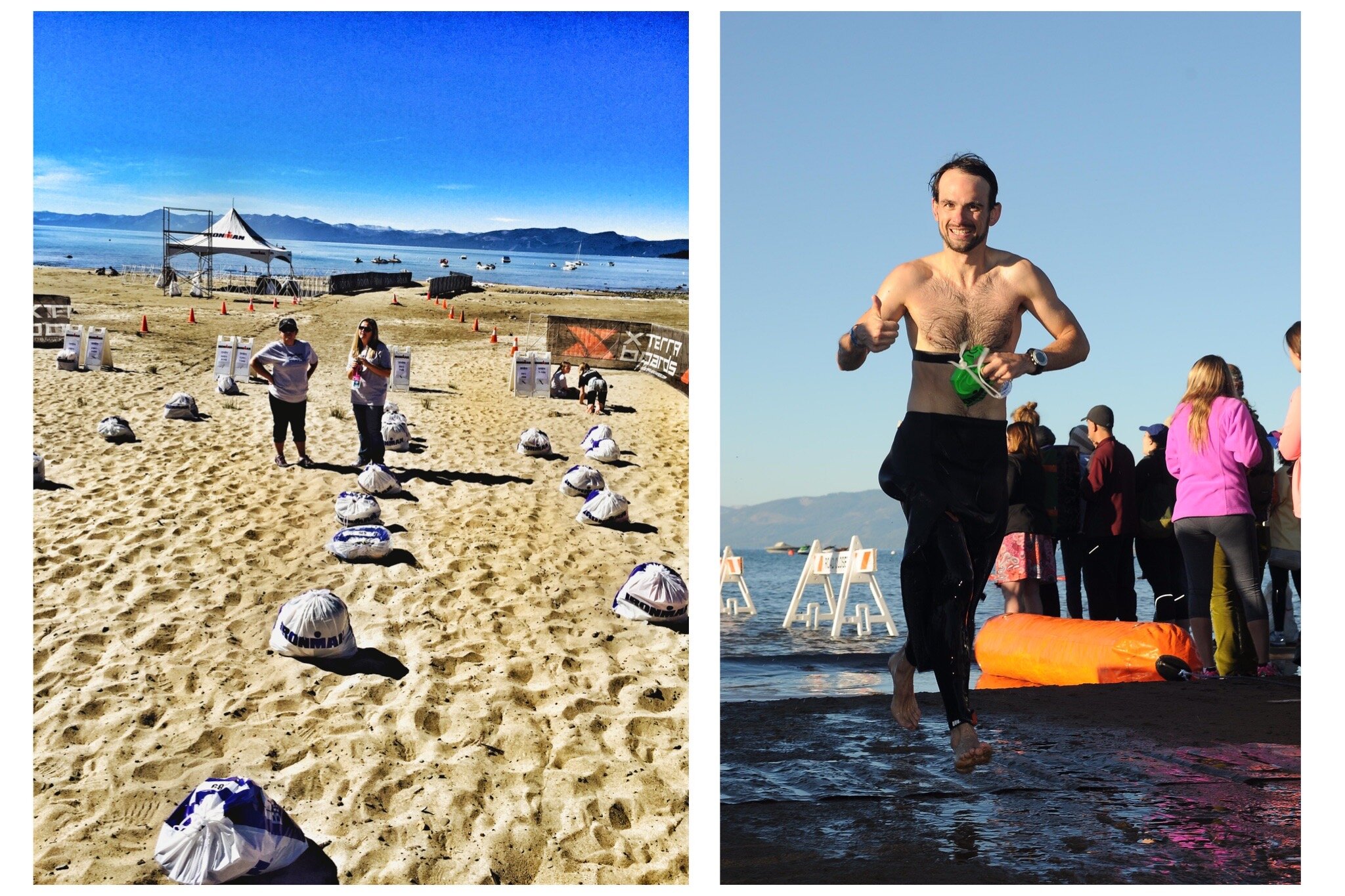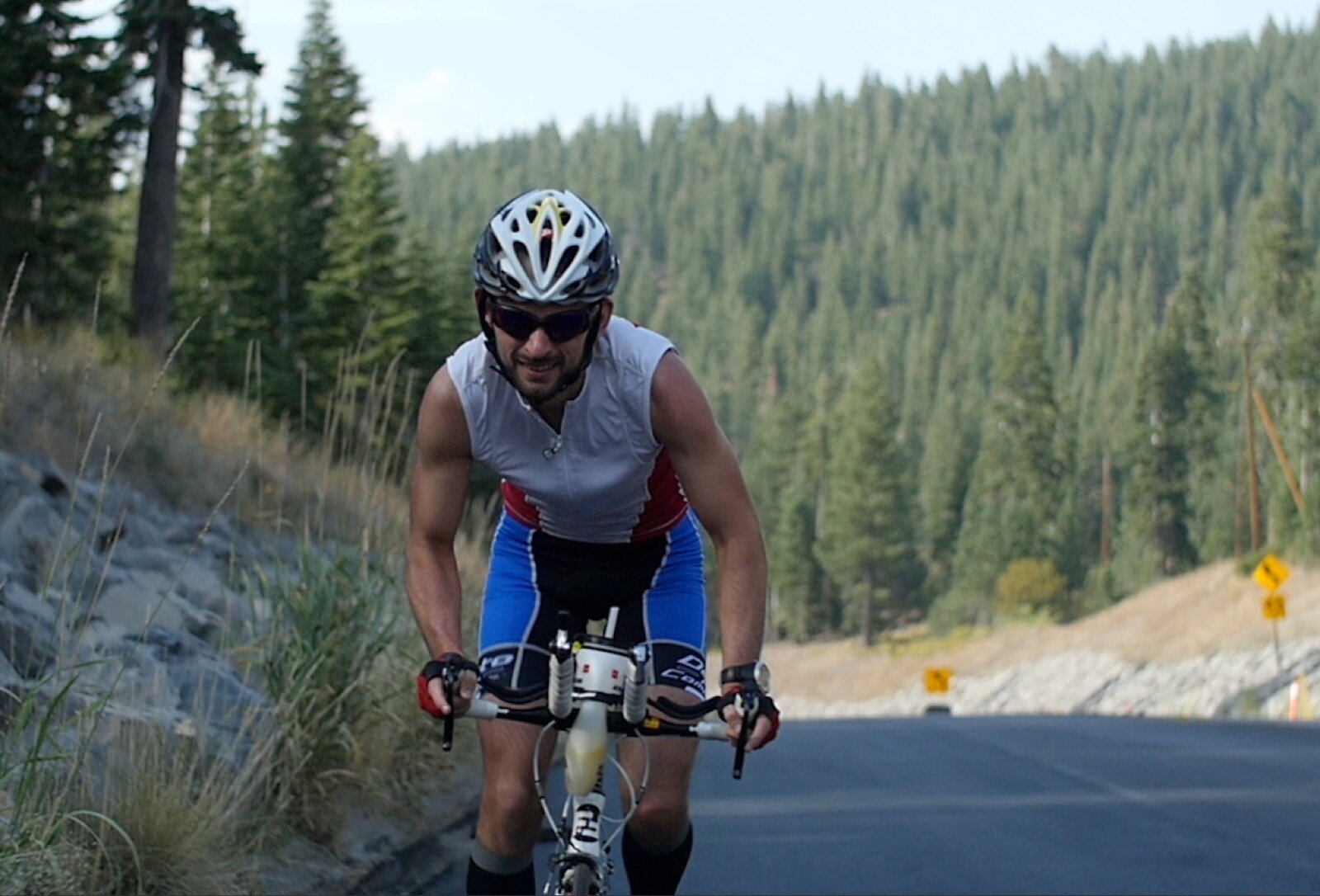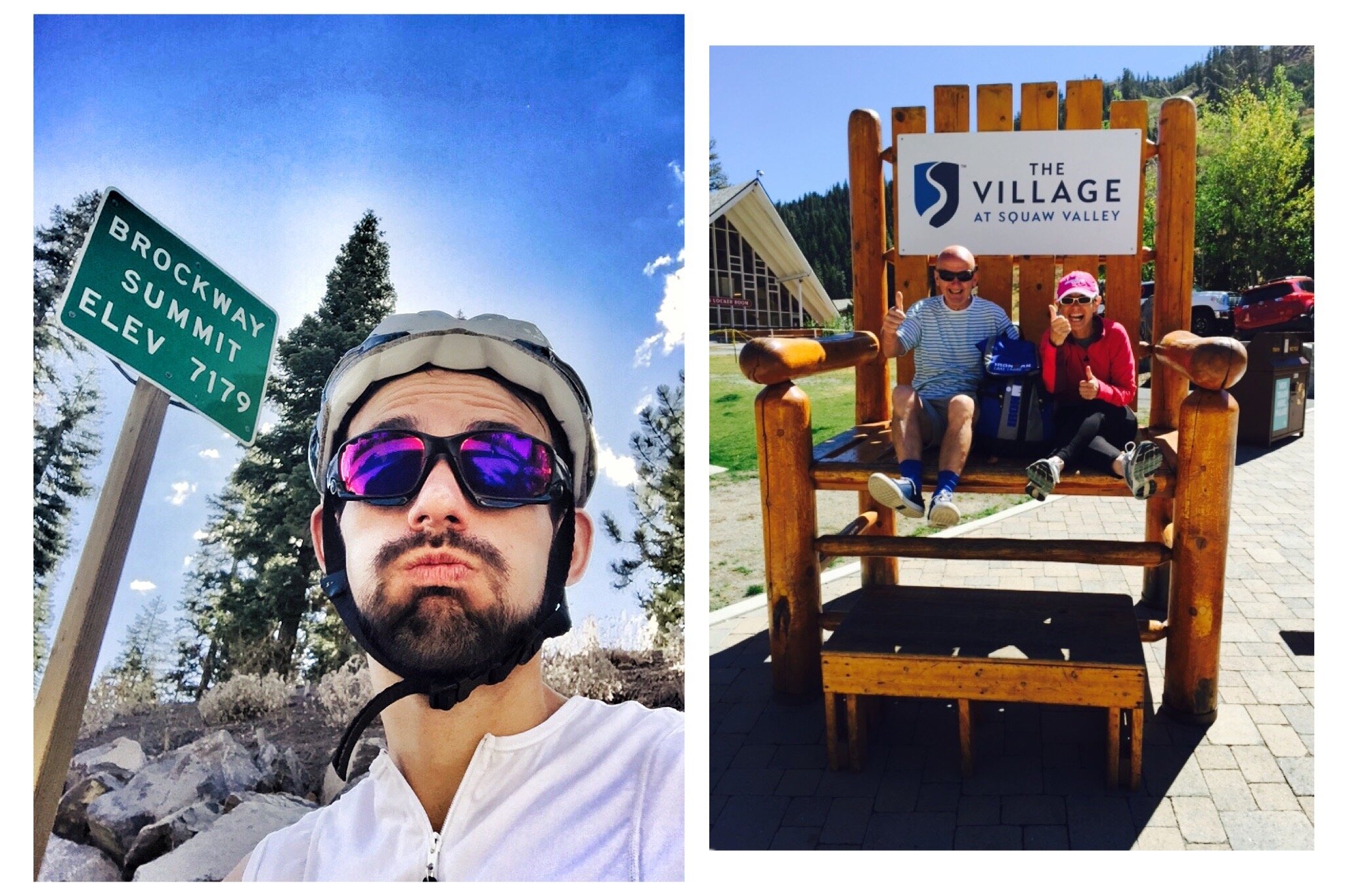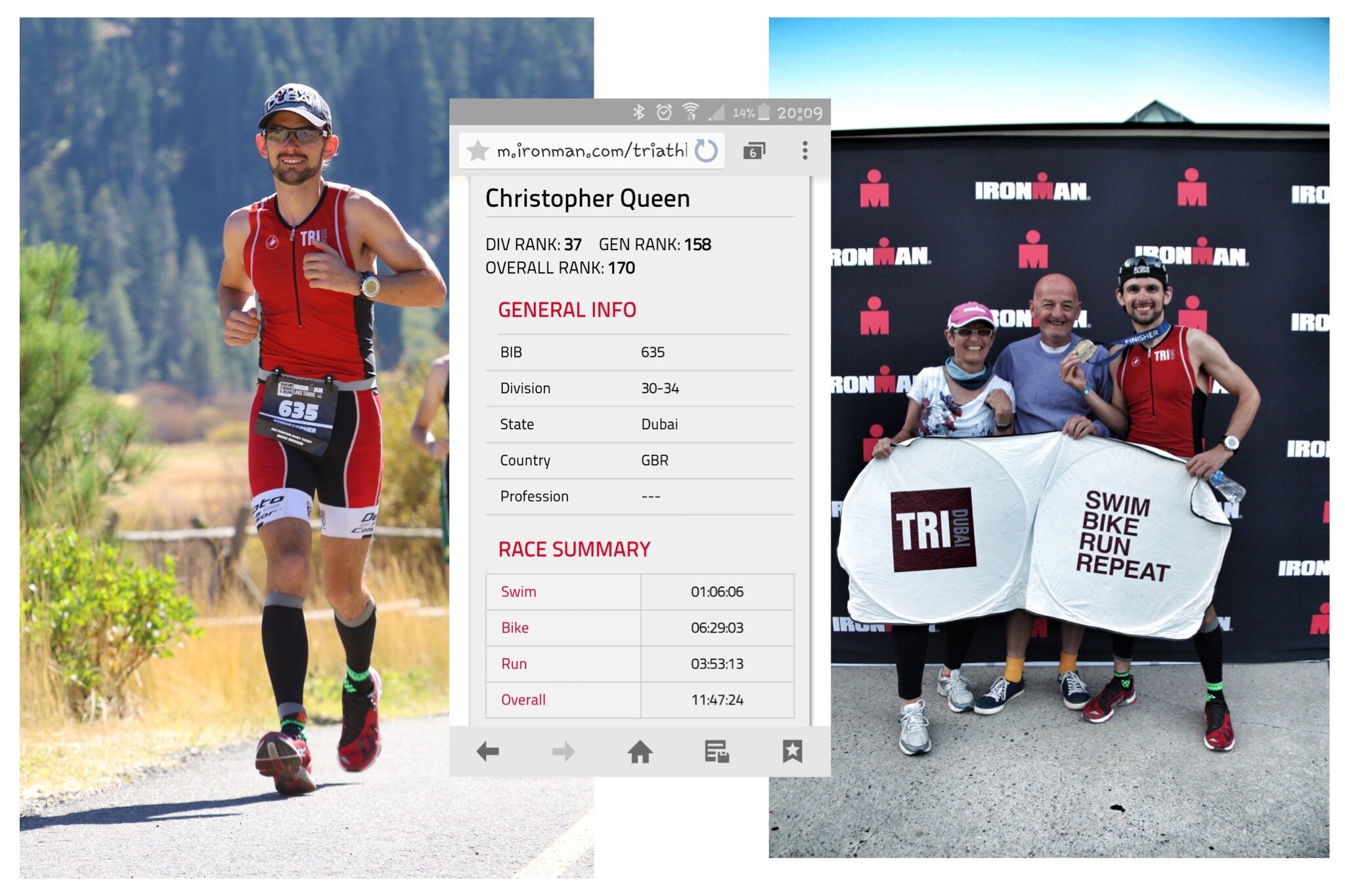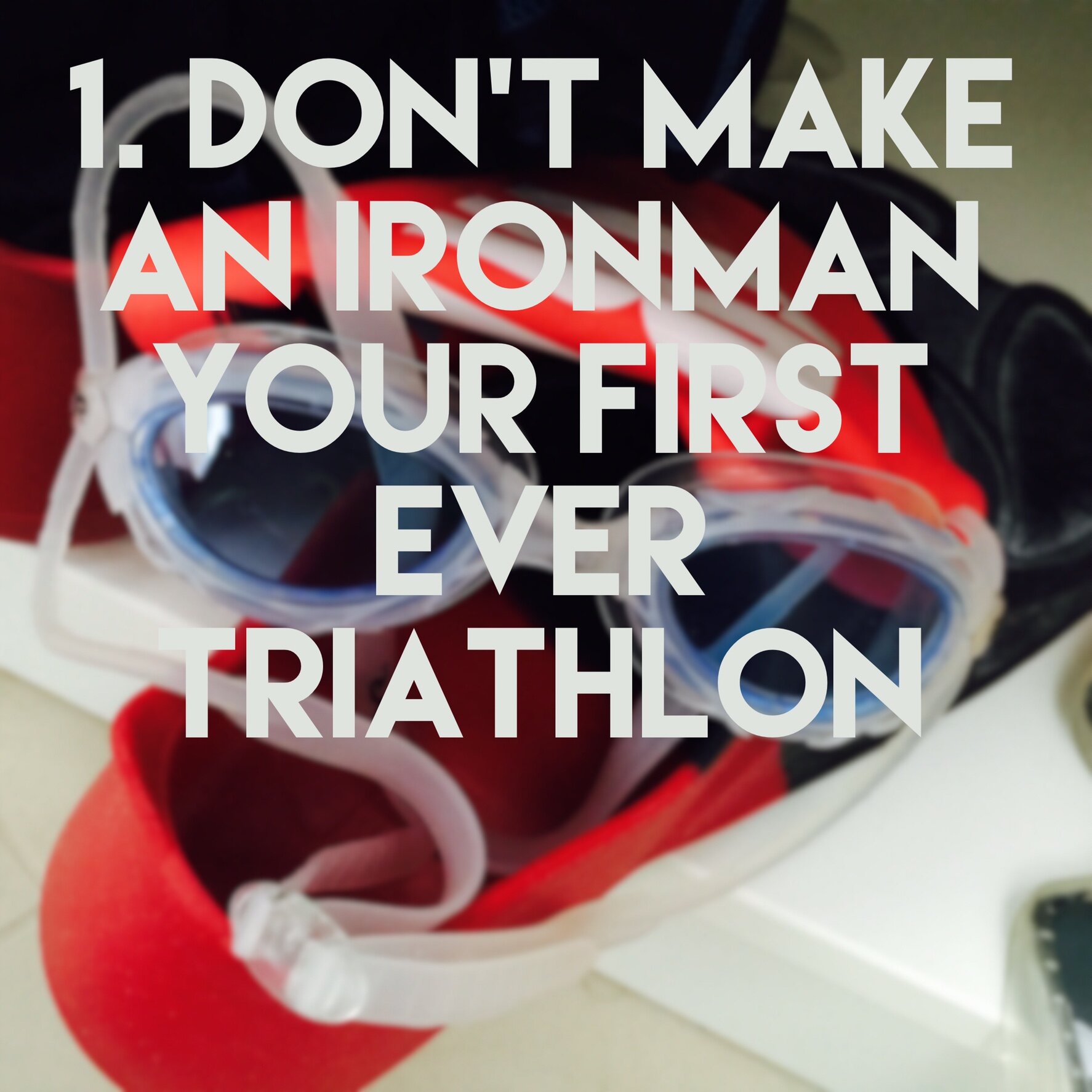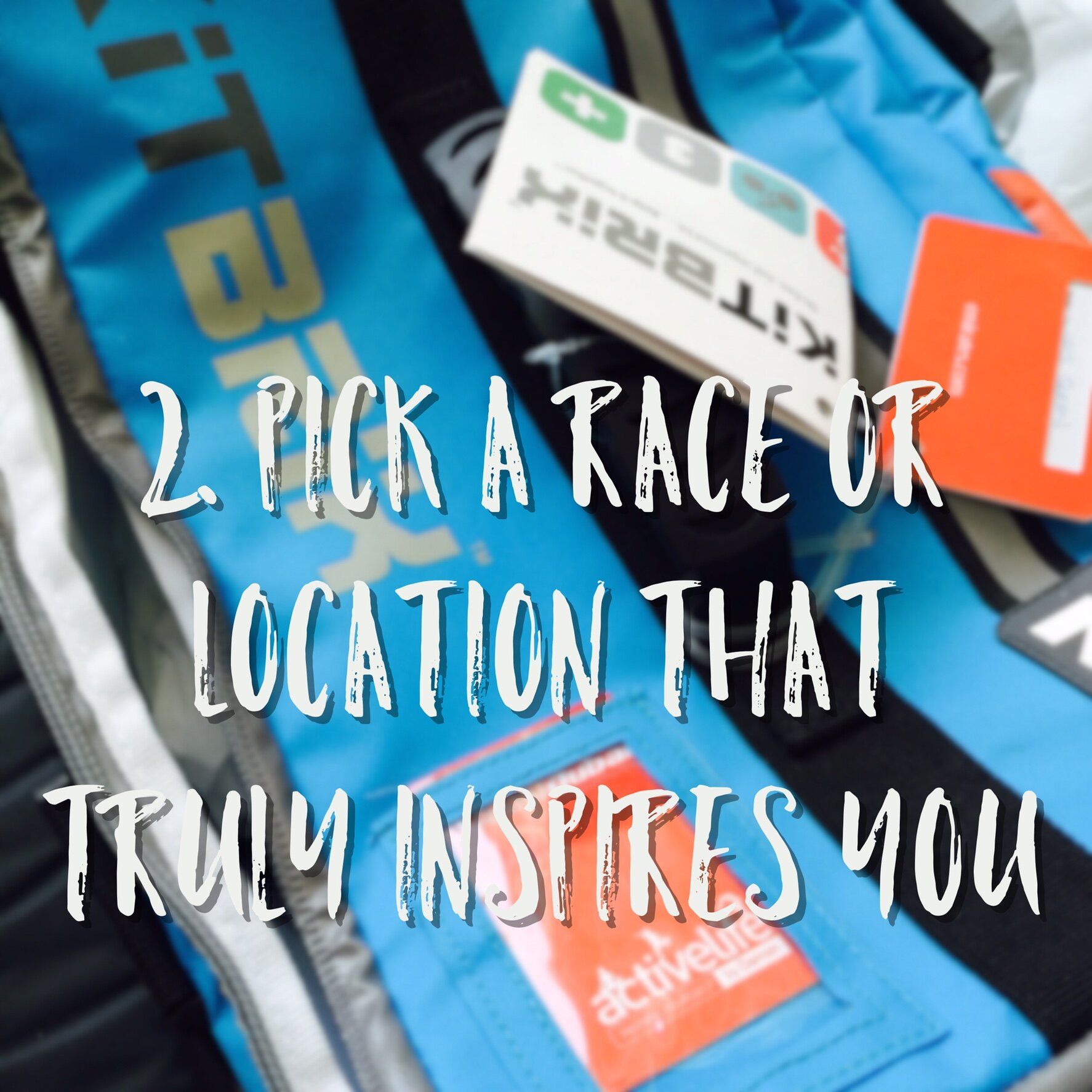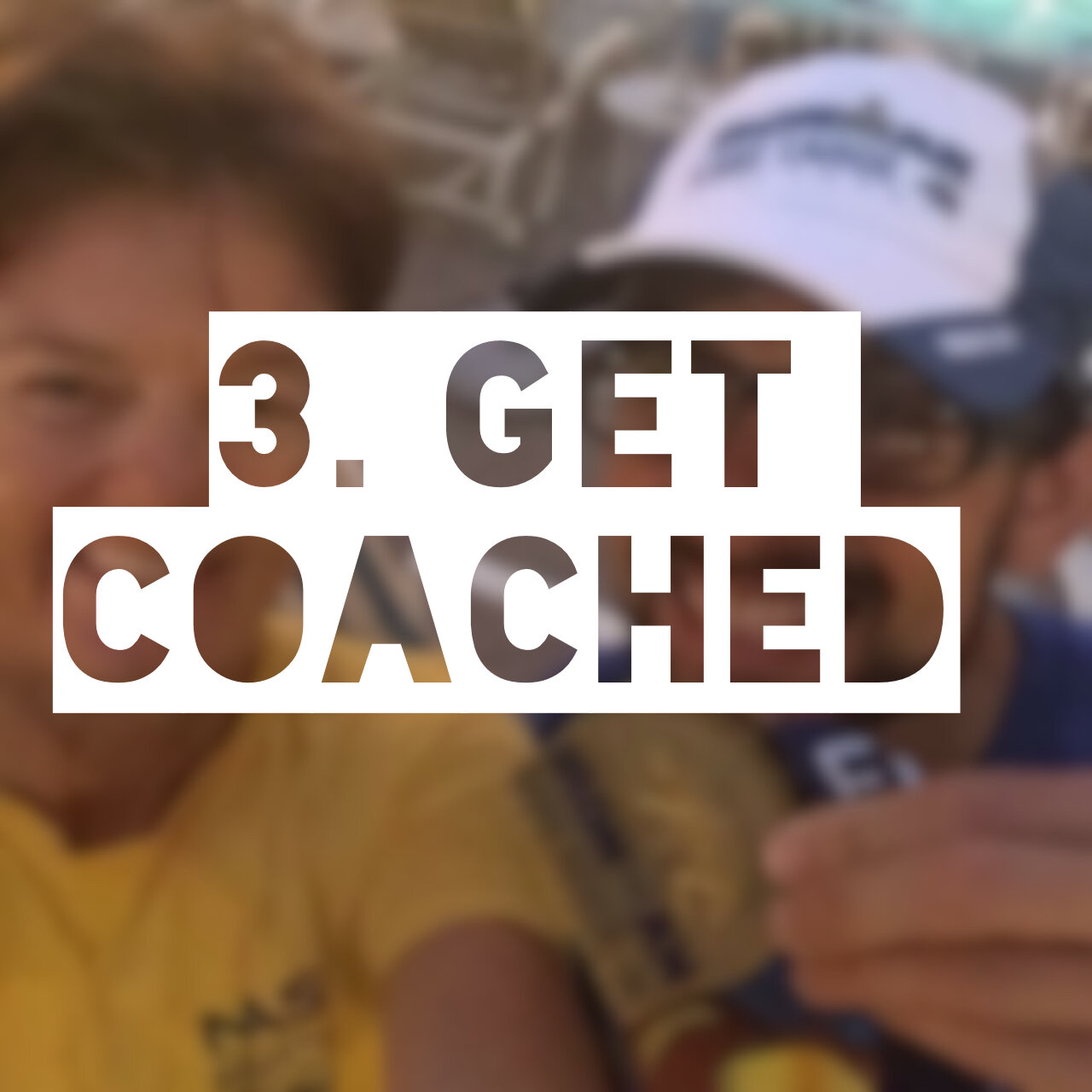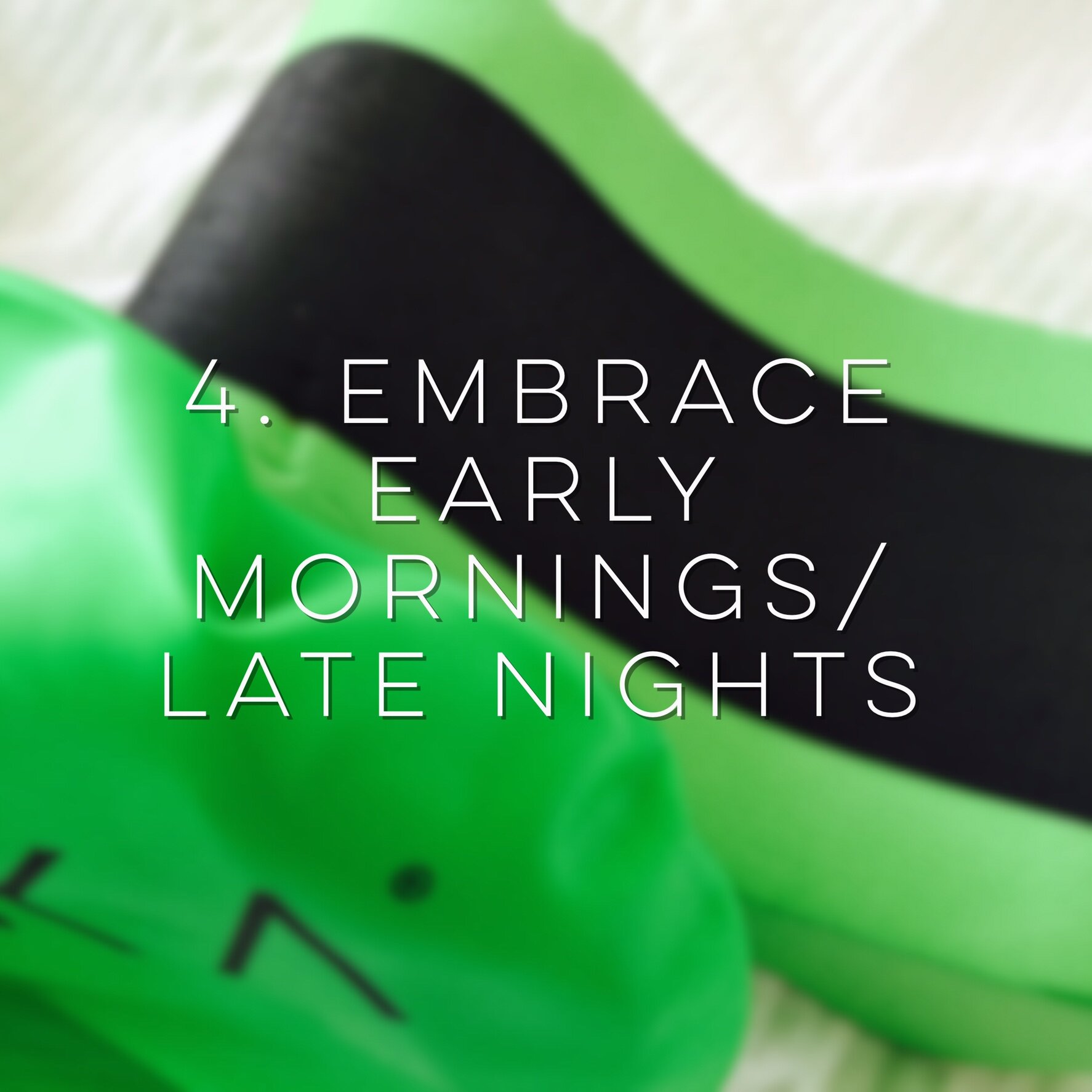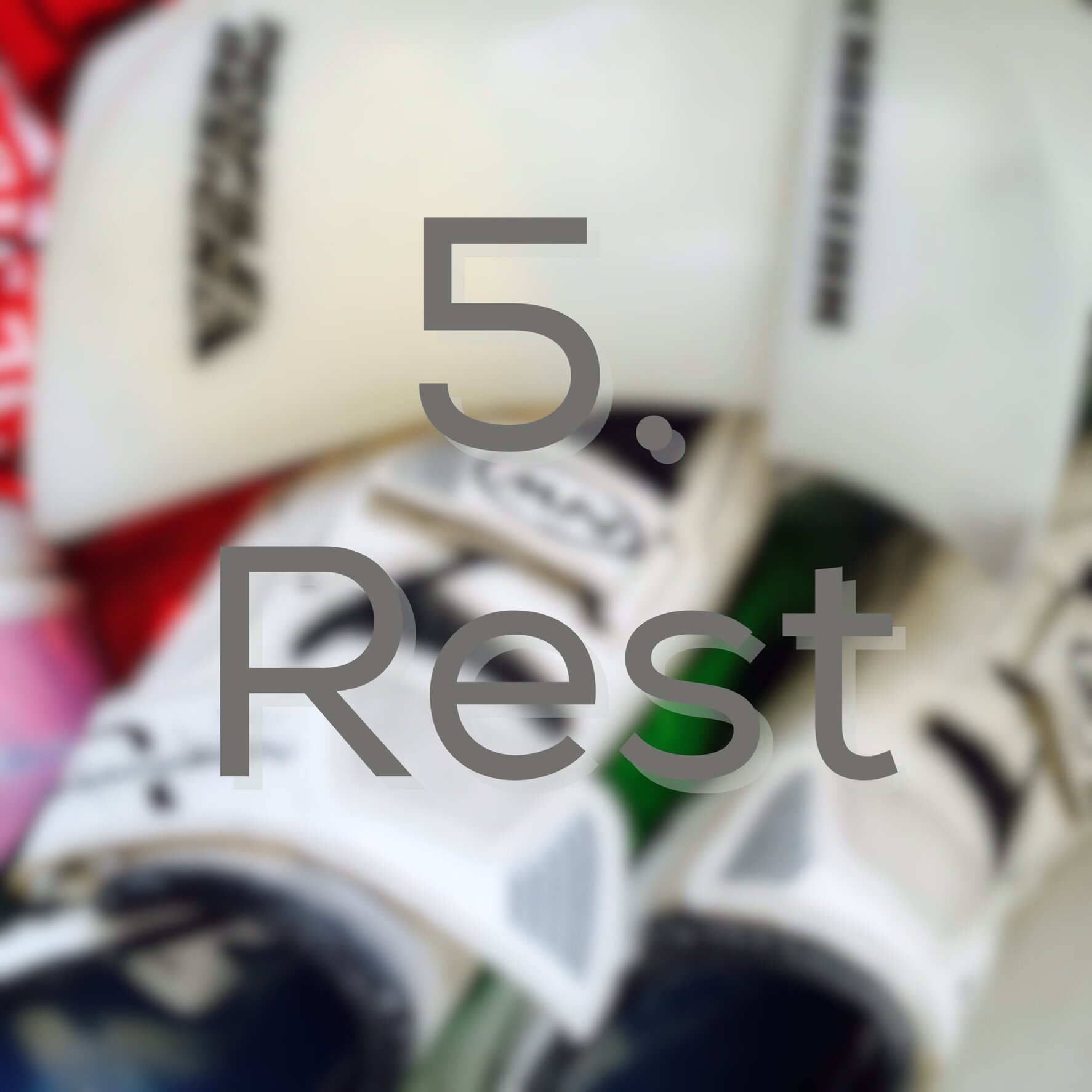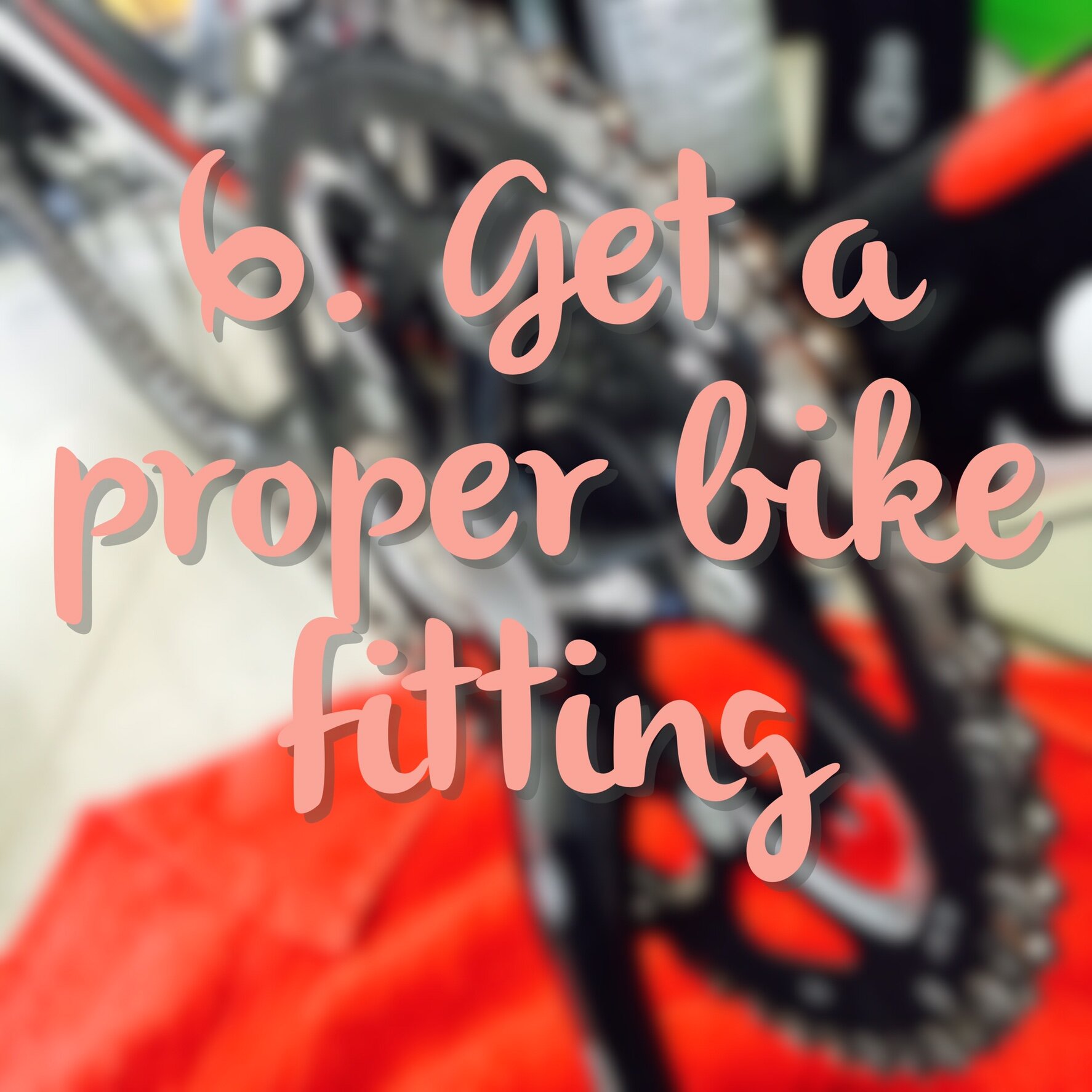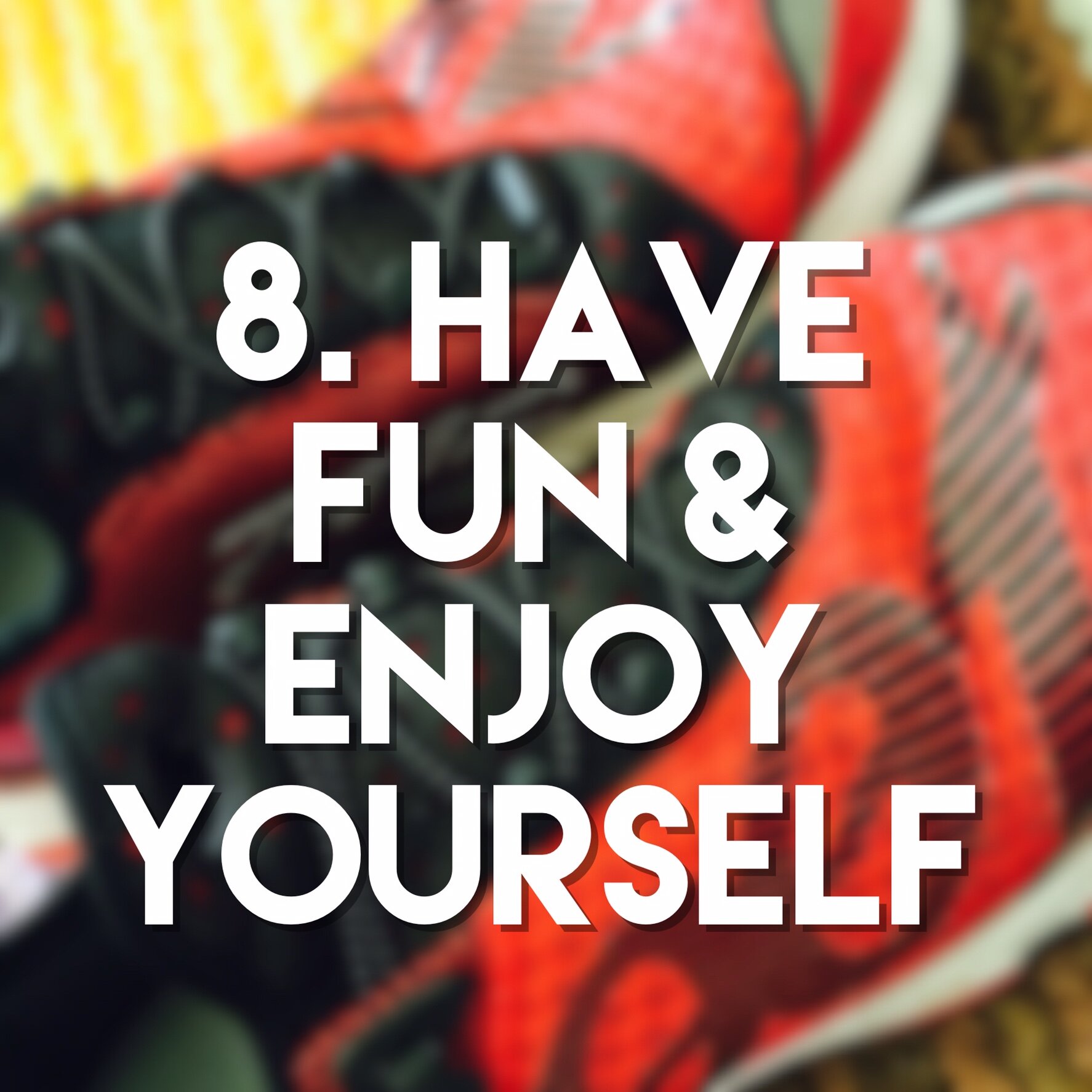Ironman Lake Tahoe
(originally posted in 2015)
What a difference a year can make. Following the last minute disappointment of the start-line cancellation of our race due to smoke there was some sense of trepidation going into this year’s return trip to Tahoe. Would we face the same issues? Possibly, considering the fact that wildfires at this time of year are not uncommon in Northern California and there was one blaze in particular that was burning very close to the area and did end up pushing smoke in for a day or two.
Thankfully, however, fate settled in our favour and we were served up perfect conditions for what transpired to be an almost perfect race.
Film & Taper
The two weeks I spent in Tahoe leading up to the race itself came about as a result of the realisation that had last year gone ahead there existed a very real chance that I would not have finished, or performed anywhere close to my true potential on account of not being properly acclimatised to the 6,000 feet of altitude that Lake Tahoe sits at. In spite of spending time prior to travel completing altitude-room sessions, in hindsight I know that these made little to no difference to my acclimatisation. Ultimately, the only way to guarantee proper adjustment and adaptation to altitude is to spend time actually at altitude. I realised that if I really wanted to go into the race at my best then I needed altitude to not be a significant factor, meaning that I needed to get to Tahoe a good period of time before the race.
The time not only allowed me to adjust biologically, something which I believe made much of the ultimate difference on the day, but also afforded me the opportunity to indulge in some filming with a couple of very talented film-makers in Tahoe City, Conor & Danny Toumarkine of Shreddy Times, with the result being four days of awesome fun, getting to hang out in parts of Tahoe that I would never have thought to visit, and producing a video that is about as professional and slick as anyone could wish for. The final cut of ‘What We Strive For’ is epic (all down to the talents of the boys) and got such an incredible response from friends, family and the wider triathlon community that it was a massive confidence boost for the race and an epic memory of the entire Ironman training experience. Ironman themselves even loved it, with them requesting to play it at the opening ceremony - a real honour and, I was told, a great motivation for other athletes leading into the race.
Spending a good period of time on location at the race site is advantageous for many reasons, one of them being that you can actually go out and swim/ bike/ run the course, or part of it at any rate. I was very glad to be able to do just that as it enabled me to adjust to and prepare for the specific conditions of each stage of the race. For example, my initial ascent up the beast of a climb that was Brockway made it starkly clear that changing my gearing on my bike before race day would be very helpful and that the climb really was to be respected! Simply knowing that I had tackled it once, even if not particularly impressively, made a huge psychological difference as the race loomed. Like most challenges in life, things usually end up being way bigger and way scarier in our minds than they ultimately prove to be in reality and getting a dose of realism in advance helps to dispel, or at least guide, the doubt-devils that would otherwise have a rave in your brain.
In addition to being able to spend more time pre-race in Tahoe, and the fact that we looked set for a smoke-free race-day, the other significant difference over last year was the presence of my parents, who had flown all the way from the UK to support me and then enjoy a post-race road-trip, a holiday that we were all very much looking forward to. If the race had gone ahead in 2014 then I would have crossed the finish line (possibly) with no familiar faces to share the experience with. In principle this would not have been an issue but in practice and now given the benefit of experience I can say with all honesty and sincerity that having friends and/ or family there to cheer you on and share directly in the rollercoaster of emotions that inevitably accompany an Ironman race, and especially the 'first', makes all the difference! In addition to the emotional support there is also the simple fact of the matter that having people on hand to do the little things like carry some kit and drive the car home at the end of the day is really, super helpful!
Transition & Pre-Race Preparation
Tahoe was a split-transition race, with the swim to bike transition (T1) down by the lake and, this year at least, moved indoors in terms of changing areas for athletes. Our bags were all lined up along the beach, with a short run from the water up the beach and into the changing area being slightly different to what was due to happen last year. The main issue with keeping our bags outside overnight was the very real risk posed to our kit, specifically our nutrition, from bears, of which Lake Tahoe is home to many. As it turned out we did get a visit from a friendly, inquisitive and perpetually hungry Black Bear the night before actual race day and a few people did unfortunately find their food stores had been gobbled down. We all had rather comical visions of a bear racing round the woods all jacked up on a combination of gels and caffeine!
Bike to run (T2) took place at Squaw Valley resort, further up the valley and out of site of the lake, with the run then taking us back out towards Tahoe City and the lake, before returning to Squaw Valley and the finish. Having had a dry (or smoky to be exact) run last year I knew what I would actually need for the race and quickly realised how over-kitted I was before, which I daresay just goes with the territory when you're a complete newbie. One constant, however, was the need to keep warm in the morning, as the initial couple of hours on the bike were expected to be pretty chilly. A great tip that I received last year was to crack a couple of hand-warmers before the swim and keep them inside my bike shoes and other kit in order to warm them up prior to donning them. Simple but effective, especially as cold feet on the bike immediately after a cold swim does not for happy feet make. A head-torch in the run gear bag was another great little tip - obvious when you think about it but it is usually the most obvious things that do not occur until you actually need them - as there was always a good chance that I would find myself running in the dark if something, anything, went awry during the race. Stumbling around in the dark at that stage in the proceedings would not be a great addition to the woes of an already tough day. As it turned out I didn't need it but that's the way of the world and the nature of Sod's Law.
With everything set up at each transition and the rest of my 'on the morning' kit laid out at home, there was nothing left to do but kick back, relax with a healthy dose of Netflix and enjoy a lovely pre-race dinner with the folks. No smoke in sight, a perfect forecast for the next morning and the knowledge that I was as fit and ready as I was ever going to be meant that I headed to bed feeling excited but still able to get some quality Z's....
Race Day Itself
It was still an insanely early start and chilly to boot. One idea I had this year was to take along a bottle of warm water in order to get some fluid into the wetsuit prior to entering the swim, my logic being that if I could ensure an already warmed layer prior to the shock of entering the frigid lake then it would just make the whole swim start a little more enjoyable. It actually did work out quite well although the water was always going to be a bit of a shock to the system, and if there was any semblance of early-morning mental foggy or grogginess then a millisecond after hitting the lake everything was blasted clear and the day was brought into sharp focus.
As we were due to finish at Squaw Valley, Ironman ran buses for everyone down to the lake, which did call for an insanely early start. In spite of the obvious challenges associated with such an early start - summer sessions of cycling at Al Qudra and trips to Jebel Jais certainly proved good training for this - it always makes sense to arrive nice and early at the race, with plenty of time to beat the queues for body-marking and last minute adjustments and additions to the bike and transition bag. The other significant advantage to arriving super early is the fact that the queue for the loos is shorter, with what seemed like the entire population of Reno waiting in line by the time we got close to the race start. One particularly comical moment in the transition area came when mum sat down, very shortly being advised by one of the other male athletes that there would be “naked men” before too long, at which point mum scarpered and the guy casually followed up with “I don’t mind; I just thought she might!”
Given the fact that I wanted to be completely dry for the bike leg in light of the fact that I knew it was going to be a cold start to the day, I opted to swim in just a pair of swimmers and my wetsuit, which made for a pretty swift preparation. I had also invested in an addition to my swim gear with a Roka neoprene cap, albeit without the chin strap. I had tested it in a lake swim a couple of days before and did find that the extra insulation was very welcome, although the water wasn’t anywhere near as tepid as previous reports would have had us believe. There was even one guy who was planning to swim without a wetsuit altogether, a move that I personally thought was a little extreme. 0615 came and it was time to get in the water for the warm-up, a great chance to actually get eyes on the swim course, which this year was two laps in a clockwise direction, remaining in the water for the entire time. The warm up was brief and it was clear that it was actually more comfortable in the water than it was out, with the sand firm and cold under our feet. Still, an obligatory rendition of the star-spangled banner later and we finally heard the sound that eluded us last year: the start horn! We were off and I couldn’t help but pass through the arch and into the water with a grin from ear to ear! Assuming we didn’t have any disasters I was set to finish the day as an Ironman at last!
Swim - Near Perfect
I self-seeded myself at about 1hr 15mins for the swim and so there was a little bit of a delay before I crossed through the start arch and began to wade into the lake, before plunging in and immediately starting to find a good rhythm. The water was perfect, the visibility perfect, the swim perfect. I can honestly say that it was the best race swim I have had out of all of my events, with a really nice steady effort being sustained, my line and sighting accurate and straight, and the couple of one-on-one encounters I had with other swimmers seeing me emerge with the upper hand and without getting out of breath. My confidence with open water swimming in large groups has come on leaps and bounds over the past few years, and contrary to the idea of the Ironman swim being a terrifying ordeal, fighting flailing arms and legs and trying to avoid getting pummelled in the process, I found the Tahoe swim to be almost relaxing! Apart from the tranquility of swimming in a crystal clear lake, where visibility extended to nearly 100 feet, meaning that what looked like small pebbles on the floor were more likely gigantic boulders but just at great depth, and with the sun gloriously illuminating the mountains in view, the other significant advantage of swimming in Lake Tahoe was the fact that the water is so clean that swallowing some of it was of no concern. In fact, it was great knowing that should I get a little thirsty during the swim leg, all I needed to do was take a mouthful of water mid-swim. Not something I would do on any other race!
With such a good swim I emerged from the water in a fantastic time of 1 hour 6 mins - even better than I had projected - and did myself proud by running up the transition slope, grabbing my bag and running in to transition feeling strong and knowing that I had just completed stage 1 of my Ironman.
T1 & Onto the Climbs
I knew that transition was going to take longer than I would have perhaps liked but I was adamant that I wanted to be comfortable on the bike, given how long I was due to spend in the saddle, and that any trace of dampness or sand would simply come back to wreak havoc later in the day. Remaining warm was also a priority and so I took longer to ensure that I dried and dressed properly, including applying sun screen, which was vital considering how clear the day was looking to be. Bike gear on and it was out to start the biggest part of the day and the leg that was clearly going to make or break my race, especially with all the climbing. I was nervous but also knew that I had prepared adequately, was fit enough and just needed to stick to my plan.
The course initially took us out along the west shore of the lake, to the first aid station at Carnelian Bay before hitting the first big(ish) climb of the course at Dollar Point, and through Tahoe City, where we hit the main highway - closed for the race - that took us towards Squaw Valley. This initial section had me wondering whether the layer I had donned in transition was excessive and I was concerned that I was going to overheat. I was, however, glad to have the extra layer on as soon as we entered the valley leading to Squaw where, in the shade, the early morning temperature was significantly lower. The only chance we had to dispense with extra clothing and get said items back again was at the Squaw Valley aid station meaning that I either had to ditch the thermal layer early on, during my first loop, or keep hold of it until I returned on loop two but with the risk that I would be baking by then owing to the fact that it would have been later in the day and I’d have already climbed Brockway by that stage. As such, I opted to ditch early and so had to man up to the cold for the rest of the Squaw Valley section to Truckee, where we were once again bathed in sunlight and the temperature rose.
One of the changes to this year’s bike course was the removal of the out and back at Northstar Ski Resort and the addition of a section that took us along the Truckee Heritage track, a beautiful park that hugs the Truckee River, eventually emerging on the outskirts of town and the start of the climb up to the Brockway summit. The view out towards the start of the climb up to Northstar as you pass the Truckee Airport is an impressive, expansive one and was very different last year, being shrouded in thick smoke. What a difference a year makes! As the climb started it occurred to me that the numerous sessions on Jebel Jais had been worth it, with the initial section of the climb relatively easy going and I found myself passing a number of people, although a few more were powering past me. Many of these, I would come to realise, were in fact doing the 70.3 and so only had to make this climb once, hence why they were clearly feeling confident enough to charge up what ultimately proved to be a meaty climb indeed. The support from the assembled crowds was very welcome at this stage in the bike, with shouts of encouragement, my favourite of the day being “this is what determination feels like and sexy looks like”, helping to drive us on up the relentless incline. I punched the air and beamed as we finally hit the top, allowing my legs and lungs to enjoy the well-earned respite as we descended the long way back down to Kings Beach, where we would begin our second loop. Although loads of athletes absolutely hooned it down from Brockway, I chose to be much more cautious, having experienced the true terror of the ‘wobbles’ whilst cycling down the very same stretch earlier in the week when we filmed some of the first scenes for the video. Having sped down the slope in aero-position and at 70kmph for the first video run, my second saw me get a real bad case of the front wheel wobble that I really had to fight hard to control, and that worryingly repeated itself on the subsequent runs. It was at that stage that I decided I would sooner sacrifice some bike speed and give up some time over running the risk of leaving some of myself on the tarmac and a trip to a US hospital, or worse. I imagine that the increased stability of a road bike would have helped and given the amount of climbing that the Tahoe course entailed I would consider using one if I ever did the same course again.
With one loop down and another to go it felt good to know that I was almost halfway through the bike and closer to the finish line and the culmination of two year’s effort. One of the main challenges of racing at altitude is the fact that one dehydrates more rapidly than at sea level and keeping on top of fluid intake is, and was, important. I know that I didn’t drink quite as much as perhaps I should have done and did on a couple of occasions feel the dull thud of an impending headache. I did, however, manage to drink enough consistently to prevent real dehydration from causing any issues and coupled with a good level of salt intake I avoided cramping as well, something I was pretty anxious about having experienced awful cramps during my initial training ride in Tahoe and my first ascent of Brockway. I knew that my fluid intake wasn't too far off as I did still find myself needing to hop off the bike midway through for a piss - no letting it go on the bike for me, a mental hurdle over which I have not yet been able to leap.
By the time I reached the Heritage Trail for the second and final time my legs were defintely feeling the miles and I took the chance to stretch a little during a water refill prior to the short but steep climb up to the trail start. The second climb up over Brockway was noticeably less populated and it was clear that those still on the course were feeling it as much as I was, some even more so as a few had clearly been beaten by the gradient, opting to push their bikes the rest of the way to the top. One thing I was determined not to do was stop whilst ascending, as getting started again would have been really tough both physically and mentally, and so I just made full use of the bike’s gearing, thankful that I had opted to change my cassette following that initial training ride, and pushed on to the top knowing full well that I would not have to climb it a third time.
The final section of the bike saw us follow the same course as far as Squaw Valley, where we hooked a left and followed the road into Squaw itself. After making use of my bike aid bag at the penultimate aid station, including reapplying sunscreen and guzzling down some beef jerky for a pre-run protein hit, I drove on for the last few miles to Squaw and the end of the bike section. The final couple of miles through the Squaw Valley were strange in as much as the road looked to be banking downhill and yet the effort required was clearly indicative of a slight uphill. It was frustrating to feel that progress was slower than expected, especially considering that I was so close to the finish. In spite of this I reached the dismount line, seeing my dad waving in the process, and shakily hopped off the bike, handing it off to a volunteer before grabbing my run bag and tottering over to the changing tent for T2.
Run to the Finish!
Again, my transition was longer than I perhaps would have liked but before too long I had the trusty Zoots on, had donned the Skydive Dubai cap and was off to see how the day was going to end. As I exited T2 and turned towards the village and the first of the turnarounds, it wasn’t quite clear on what my tactic for the run was going to be. I soon discovered that I could comfortably maintain a steady pace and effort at about 160bpm and so decided to stick to this as my heart rate for the marathon, obviously with a view to change the plan if I felt it needed adjustment later in the run.
The course was mildly undulating, ensuring that a close eye be kept on my heart rate as it quickly started to climb on the uphill sections. I was amazed at just how comfortable I felt straight into the run, and derived immense satisfaction from overtaking people from the outset, even drawing positive comments from people on certain sections of the course, such as the curving uphill out of the Squaw Valley Resort, which apparently very few people had actually been able to run up. There were other nice moments throughout the run, including the cute little high five I received from a young supporter and the impressed cries of “wow! No-one has run up here!” as I scaled one of the steeper sections of the course. Hearing fellow athletes saying “good job” as I passed them spurred me on even more to keep my run technique good and my pace steady, although I allowed things to heat up a little over the final six to eight kilometres, with my heart rate rising to an average of 164bpm, and eventually hitting 170 right at the end. The final turnaround, which was mere metres from the finish was an emotional one as I knew that I was only about 10km from the end of my first ever Ironman, a race that had so far gone so much better than I could even have anticipated.
One target for the day had been to finish in daylight, so that I could fully appreciate the view of the peaks as I reached the finish line, and as it dawned on me that this would indeed be the case I realised that I was going to be close to running a sub 4-hour marathon, something I thought I was capable of but had not necessarily expected to pull off. As I reached the final aid station I politely declined the offers of drinks as I gestured to the fact that I was heading to the finish and sprinted out with words of encouragement ringing in my ears. I was so close! It always amazes me that no matter how hard you have raced, or how long you have been going, there always seems to be something left in the tank for that final sprint along the finish and so it was in Tahoe. I ran with such intensity and focus up through the village that I barely had time to take things in, such was my burning desire to reach that line. And then I reached the turnaround, spun to the right and entered the finishing chute, with the finish line there in front of me, the music pumping and the words from the race announcer, Dave, reaching my ears. “You are an Ironman!” I instinctively slowed for the final meter, determined to soak up the experience of crossing the line and just smiled like a Cheshire Cat. What a feeling! To have put so much in for so long and to have finally realised my goal, one that had seemed so huge and almost insurmountable two years before was just indescribable. I had done it. I was finally an Ironman and the medal that was now being placed over my head was - unlike the one I collected the year before - physical confirmation of the fact that whatever happened from now on I could at least say with certainty that I was indeed an Ironman. You simply have to experience it for yourself to truly understand what that feels like and I can see how and why people get addicted. In fact, on the question of whether or not I will do another iron-distance race, well, never say never, right?!
The Afterglow
I was shepherded over to a seat by the icing station, space blanket draped over my shoulders, and after realising that I didn’t actually need to have my legs tended to went off to find my parents, both of whom were waiting for me by the entrance to the finish pen. Hugging them both was the real clincher for me and to be able to share this moment with them was magical. Mum had brought along the Tri Dubai banner and so we got a finish photo with it before heading out to find the nicest pint of beer that I had enjoyed for a very long time! It’s amazing how the taste of something can be significantly enhanced by the state of mind and experience associated with the time of it’s consumption, and suffice to say that moments rarely got better than that!
After filling my folks in on some of the highs and lows of the race, and still pinching myself at the fact I had completed the toughest course in North America in under 12 hours AND run a marathon in less than four hours, we wandered off in search of food, convinced as I was that I was famished. The weird thing was that as soon as my food arrived and I took a couple of mouthfuls it dawned on me that I wasn’t actually feeling hungry at all and barely made a dent in my meal. I didn’t initially understand what was going on. Hadn’t I just been active for the past twelve hours? Surely I should be falling upon the food in front of me like a wolf on prey?! Then I thought about it and realised that given I had spent the best part of a full day fueling myself on little more than the odd cereal bar and gel, my stomach had actually contracted down and was not in the mood to suddenly accommodate a normal meal. Apparently I was not alone in experiencing this phenomenon, with the waitress advising me that lots of athletes had also requested “take out boxes” in which to take their meals home. One of the many lessons I learned on the day: paradoxically don’t expect to be able to eat much after the race!
Contrary to some of the stories I had heard, and footage I had seen, there was no crippling cramps or collapsing over the line, which did make me wonder, "Hmm... did I actually race hard enough? Could I have gone faster?!" That, it seems, is the eternal curse of the sport and one of the main reasons we keep coming back for more: the relentless drive for self-improvement. Any notion or fleeting thought, however, of a return to Tahoe to try and improve on my time was subsequently taken out of my hands after the organisation decided not to return next year. Ironman Lake Tahoe 2015 was officially the last one. Only the second, mind, but also now the last. As disappointing as this is at first glance, especially given how stunningly beautiful the area is, the decision does make sense. The fact is that Lake Tahoe is in the Sierra Nevada mountains, an area already notoriously dry and in the midst of a multi-year drought. The risk of fires, especially at the time of year that the race is staged, is just too high to be able to feel confident that a repeat of 2014's crushing cancellation would not be repeated, and coupled with the unpredictability of the weather, which saw a last minute freeze in 2013 and widespread sunburn this year, just makes trying to organise and attract entries, including pros, to the race very difficult. And so there you have it: even if I had wanted to try my luck again in Tahoe, it wouldn't be an option. I am so thankful to the stars that this year's race went ahead, even though there were a few days when it looked as though the same smoky fate as last year was threatening the event, and to know that I have been lucky enough to be one of the 5000 or fewer athletes to actually race there is very gratifying.
The following days in Tahoe were great, with my legs certainly feeling as though they'd worked but never feeling destroyed. In fact, the Tuesday after race day I was out on the lake with mum and dad wake-boarding and wake-surfing!
Final Thoughts
A multitude of questions form in the mind as soon as you come down from the immediate high of crossing the finish line in your very first Ironman, as well as a host of different emotions. The immediate ones are naturally immense satisfaction and pride at having successfully realised a long-held dream and goal, and of seeing months, weeks, days, hours of relentless training finally bear fruit. Relief is another one, as you can finally relax and put to bed all those fears over how the race could unravel at any moment. With Tahoe, the biggest fear was of another cancellation, especially as I knew it would be highly unlikely that the race would be restaged and whether I would even be able to, or even want to, commit to a third year of training, especially through the summer in Dubai, which I swear was way more humid second time round! So there was relief that the race actually started.
Anything can happen before race day, especially when you’re travelling, from adjustments to different water and available nutrition, to injuries and the bigger issue of the elements and weather. Ultimately, all you can do is prepare as best you can, look after yourself, mentally prepare yourself for changes on the day and then just go with whatever happens come race day. Then there is just the relief of ticking off each stage, even down to individual sub-stages, throughout the day, knowing that with each minor victory you are that one step closer to the finish and the incredible glow that comes with being crowned an Ironman for the first time.
Will I do another? I had imagined prior to the race starting that this was likely going to be my first and only Ironman, especially given how all-consuming training is and has been, and the fact I have other interests outside of triathlon (cue some shocked gasps from the triathlon community!) that I now want to spend a bit more time on, such as skydiving. Training for such a big race, however, becomes much more than just working athletically towards one, single day. It requires such dedication to improvement in all aspects of one's life, from ensuring a healthy diet, moderation when it comes to such things as alcohol, and the need to develop efficiency with time, meaning that training for an Ironman just results in betterment across the board. There is also the matter of addiction. I have never felt fitter and stronger than when I was at the peak of my training, and that feeling becomes hugely addictive. Settling back to anything less than that whole body feeling of being at my prime may be difficult to deal with mentally. Then there is the community. Triathletes, and indeed everyone connected through sport, are part of a big supportive, encouraging community; a tribe if you will. It's hard to step back from that and if you don't take a little bit of a step-back then it means you are still as engaged as before, which surely means that you continue to be as inspired and challenged by those around you to push higher, further, faster than before. Which is when races get entered! So, I guess what I am saying is that it almost feels like somewhat of an inevitability that I shall do another long-distance race in the future, and certainly intend to continue triathlon. Never say never indeed!
Top Tips for First-Time Ironman Athletes:
These are a few of the gems of information and advice that I have gleaned over the past two years training and preparing for my own race and that I figure might be of use to anyone considering taking the plunge into iron-distance triathlon.
* Don't make an Ironman your first EVER triathlon - we all know the stories of people who had never done triathlon before, dived straight into a full Ironman and came out the other end. Bravo to them but I reckon the sane person’s path is ideally via some shorter distance races, at the very least an Olympic distance event, so that you can at least be sure you even enjoy stringing the three activities together. If you don’t enjoy the experience over 2.5 hours then I doubt you’ll be loving it 12 hours into a race.
* Pick a race or location that truly inspires you - you’re going to be dedicating a lot of time, sweat and mental energy preparing adequately for your first iron-distance race so make the subject of your toil one that will truly keep you focused, motivated and inspired to push hard and reach the finish. I chose Lake Tahoe first and foremost on account of hearing so many amazing accounts of the natural beauty of the area, way before I knew anything about the race. In fact, if I had read up on the race and seen how tough the course was before signing up I am not sure i’d have even hit the ‘pay’ button!
* Get coached - you might be able to do a decent job of motivating yourself and cobbling together a semi-decent training programme to get round an Olympic or maybe even half-iron race but to really get the most out of your first Ironman, and to establish good habits and training targets from the start, look into coaching, whether it be in person or remote. Having someone you know is skilled and experienced at guiding athletes through the trials and tribulations of training for Ironman in your corner makes a huge difference. I personally knew that having a coach to answer to would really make that fine line difference between going through the motions and really pushing myself when it was called for. I also found myself part of a wider team as a result, which provided additional motivation and camaraderie during the training process.
* Embrace early mornings and/ or late nights - with the volume of training that is called for to prepare well for an Ironman, get used to early starts and, depending on your own schedule, some late finishes. Much of my training took place throughout the Dubai summer months, meaning much of my outdoor training took place in the very early hours of the morning, before the real heat kicked in and forced me indoors.
* Rest - you will get tired and you will need to have rest days. It is, after all, during such times of rest that the body truly remodels and grows stronger, fitter, more adapted to the task being asked of it. You do not have to be actively training all of the time. In fact, that is one of the key benefits of having a great coach: they will actually tell you when to rest and take it easy. Sorted!
* Get a proper bike fitting - you are going to spend an insane amount of time in the saddle so ensuring that you have the perfect bike fit will not only ensure that you get the most out of your trusty steed but will also significantly reduce the risk of injury. If you plan to invest in a new bike, especially of the TT variety, then its a good idea to get a fitting with an experienced bike fitter first as they will then be able to advise you on the best bike, including make, for your individual fit.
* Talk to people who have done Ironman before, especially your specific race - they will have a wealth of experience and top tips to impart. It is often the little tidbits of wisdom that come with going through a race yourself that can really help newbies come race day. Race reports are a great place to start and there is no substitute for just speaking with an athlete directly. Most will jump at the chance to relive their Ironman moments and will be happy to pass on their knowledge.
* Have fun and enjoy yourself - remember that this is NOT your job. You are doing this because you WANT to and ENJOY the sport. Of course some of the training will get hard, unpleasant even, and you may have moments when you seriously question what on earth it is that you’ve let yourself in for but ultimately you should do this because you find it fun and enjoy the challenge. I am a great believer in the idea that those things in life that are truly worth striving for are rarely easy. Embrace and enjoy the journey - in many ways its ultimately the best part of the whole crazy endeavour! As for the actual race, just soak up the experience, all of it and keep smiling :)
